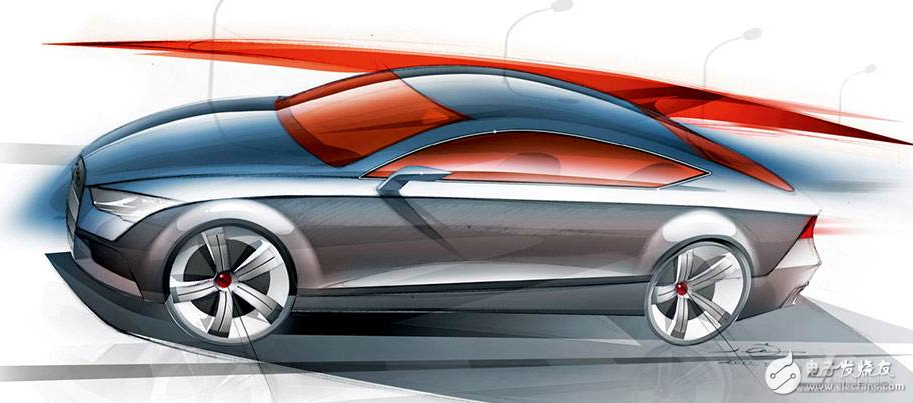Smart cars have become another protagonist in emerging industries. The Development and Reform Commission issued the "Smart Vehicles Innovation and Development Strategy" opinion on the 5th. The goal is to reach 50% of new cars in smart cars by 2020, and to be the first to build a smart car powerhouse by 2035.
The plan proposes that by 2020 the technical innovation, industrial ecology, road network facilities, regulatory standards, product supervision and information security architecture of standard smart cars will basically take shape. Mid-to-high-level smart cars have achieved market application, and demonstration operations in key regions have achieved results. The coverage rate of LTE-V2X (Vehicle Wireless Communication Network) in major cities and highways reaches 90%, and Beidou's high-precision space-time service achieves global coverage.

By 2025, the technical innovation, industrial ecology, road network facilities, regulatory standards, product supervision and information security system of the standard smart cars will be fully formed. The new car is basically intelligent, and high-level smart cars are used in large-scale applications. "Human-vehicle-road-cloud" achieves a high degree of synergy, and the new-generation automotive wireless communication network (5G-V2X) basically meets the development needs of smart cars. By 2035, it will be the first to build a smart car powerhouse, and the whole nation will share a safe, efficient, green and civilized smart car society.
From the “three steps” of the development strategy of smart cars, the development path of the smart automobile industry is clear. To achieve the above strategic goals, it is necessary to break through the key core technologies of smart cars. Key breakthroughs in new electronic and electrical information architecture, multi-class sensor fusion awareness, new smart terminals, automotive intelligent computing platform, automotive wireless communication network (LTE-V2X/5G-V2X), high-precision spatio-temporal service and vehicle basic maps, cloud Control basic platform and other common crossover technologies.
The plan also proposes that smart car demonstration operations will be carried out through major construction projects such as the Beijing Olympic Winter Olympics Committee and the Tongzhou Sub-center Intelligent Transportation and the Xiong'an New District Smart City. The demonstration operation will also focus on the use of relatively closed areas such as airports, ports, mining areas, industrial parks and tourist attractions, as well as open areas such as urban bus routes set by related departments.
In fact, except at the policy level, the Internet giants such as BAT and a number of automotive groups have already begun to deploy smart vehicles in large numbers and have achieved significant results. Three months ago, the giants Tencent and Baidu released smart cars in the same day and both are planning to mass production in 2018.
From a technical perspective, automobiles are always an important carrier for the application of new technologies. As new technologies such as information and communication, Internet of Things, big data, cloud computing, and artificial intelligence are widely used in the automotive field, automobiles are being accelerated by mechanical products that are controlled by humans. With intelligent system-controlled intelligent product changes, smart cars have become the strategic commanding height of industrial technology.
Optical Fiber Passive Components
Optical Fiber Passive Components,High Quality Optical Fiber Passive Component,Electronic Components & Supplies, Fibre Optic Passive Components
Optical test instruments,Fiber Optic Equipment Co., Lt d , http://www.nbopticfiber.com
没有评论:
发表评论